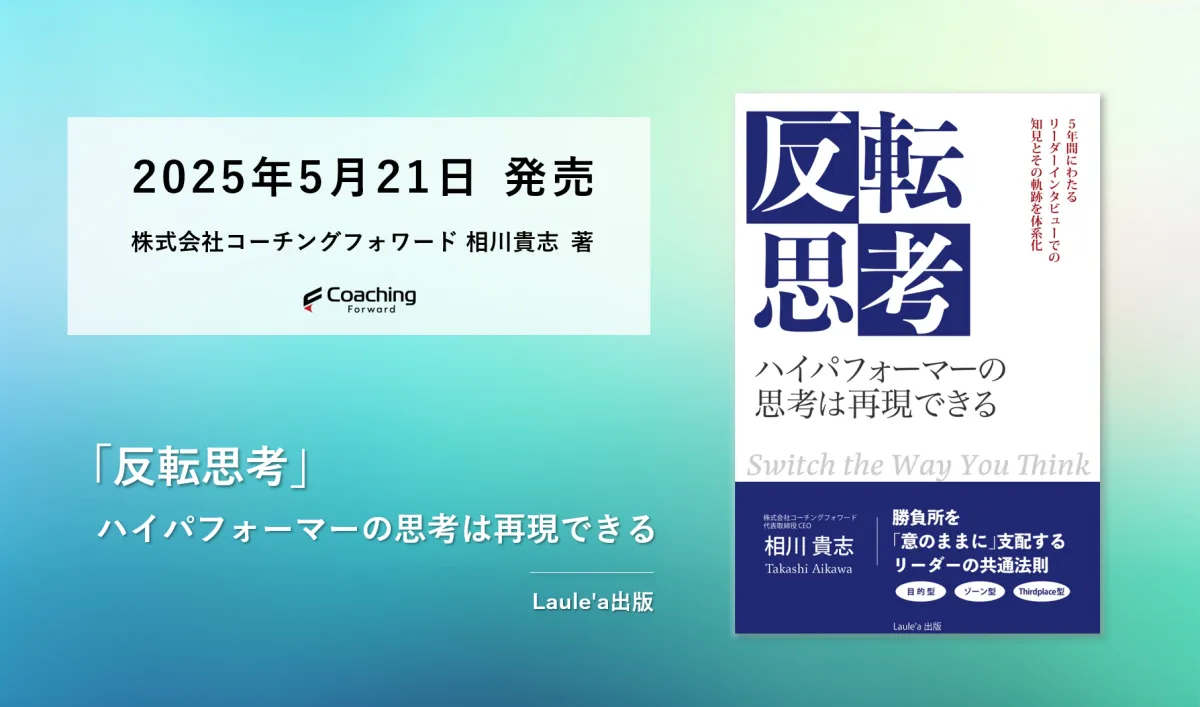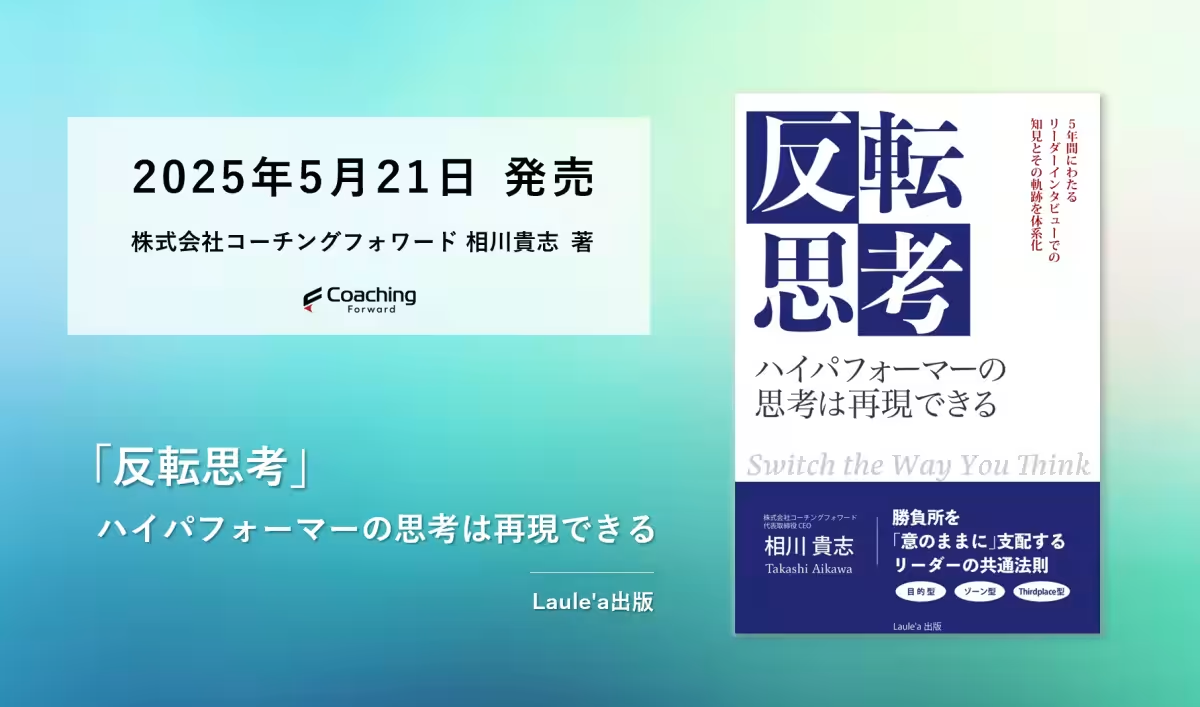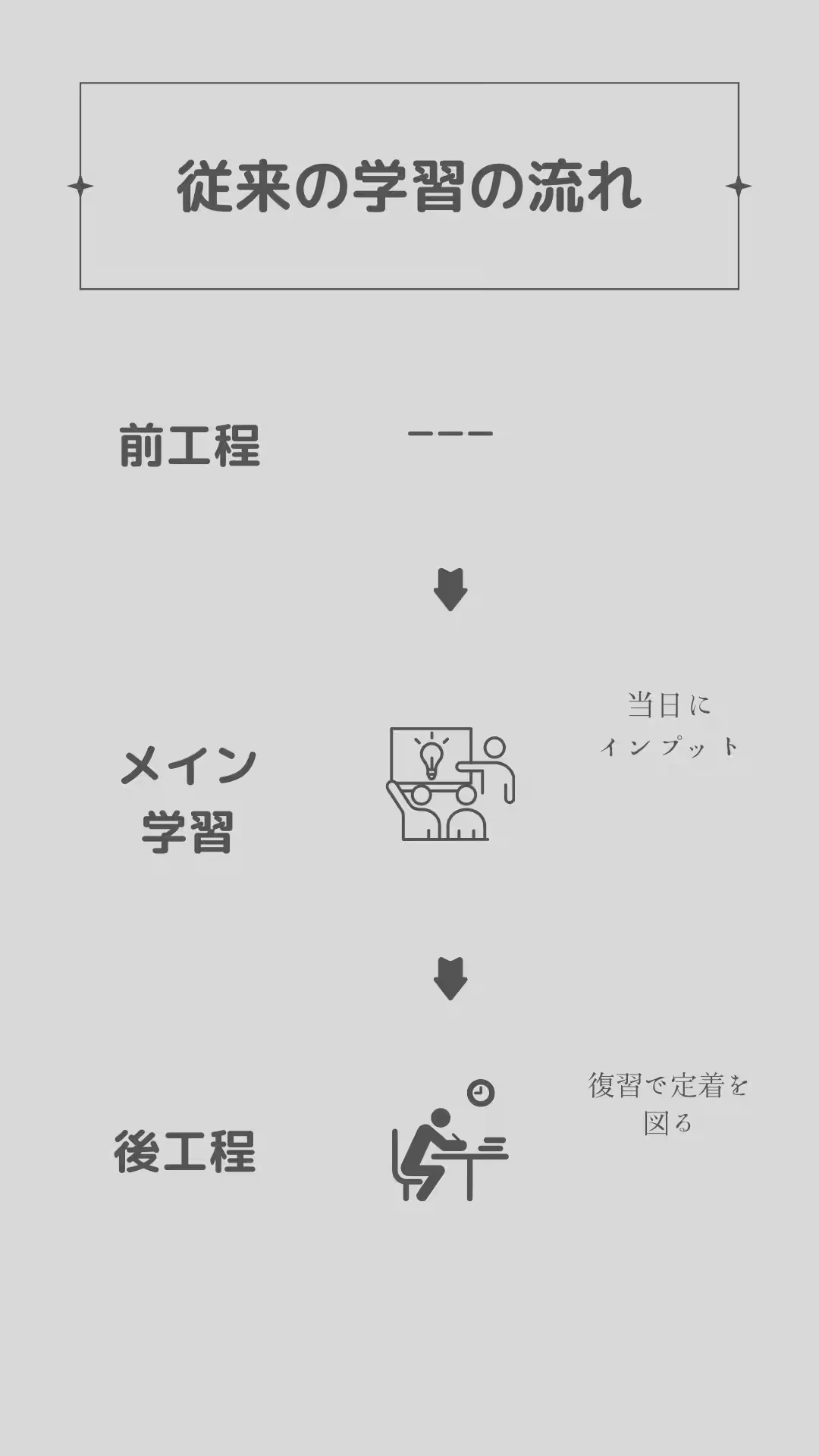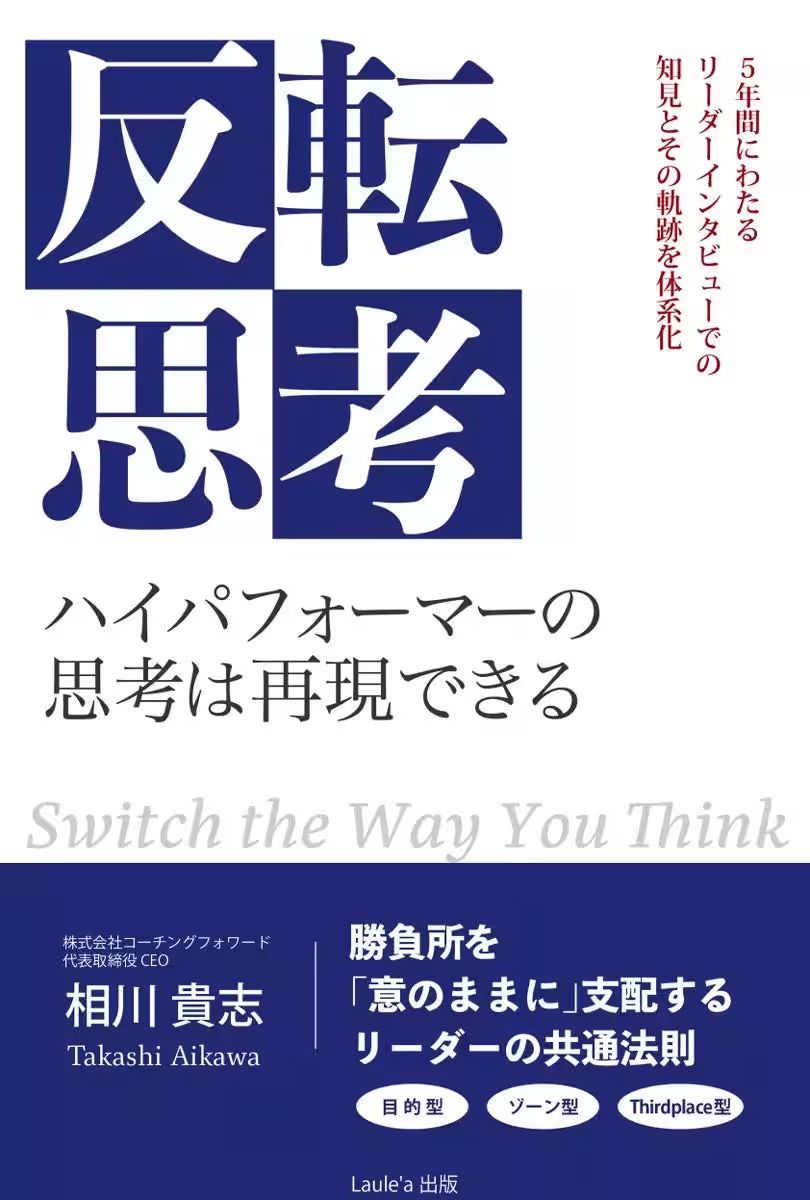

Discover the Power of Inverted Thinking for High Performers
The Unveiling of Inverted Thinking
On May 21, 2025, Coaching Forward Co., Ltd. based in Chuo-ku, Tokyo, announced the release of a new book titled Inverted Thinking: The Mindset of High Performers Can Be Reproduced. This publication aims to solve the mystery of what high achievers think and how they act in order to succeed.
High performers are defined as individuals who not only achieve significant results at work but also lead their teams effectively, innovate, and make a lasting impact on society. The driving question is: what do these high achievers think and how do they maneuver their cognitive processes? The author, who has continuously challenged his own performance limits, interviewed over 100 high achievers and more than ten growing companies to uncover the reasons behind their drive.
The result of this exploration was the birth of 'Inverted Thinking', a mindset that transcends mere skills and knowledge. It serves as a guidebook designed to optimize thought process and action, ultimately leading to tangible results. By reading this book, individuals can uncover a completely new version of themselves and tap into their peak performance.
The Foundation of Inverted Thinking: Inverted Learning
The traditional approach to learning has historically revolved around an input-based style exemplified by compulsory education. This method has hardly evolved since the concept of education was born. However, with the advent of AI, which can replace the accumulation of 'knowledge', our focus must shift toward the capacity to think critically and pose questions. This book is rooted in the inverted learning model, which advocates for completing inputs beforehand and concentrating on output during actual sessions, thus emphasizing thought and action.
Conventional Learning Method
Traditionally, learning sessions focused on input, where the day of the lecture was dedicated to acquiring knowledge, followed by a review to solidify that information. In the past, especially when video resources were not widely available, there was an inherent limitation to recopiling knowledge in a pre-lesson context, which solidified the traditional learning approach.
Inverted Learning
In contrast, in our rapidly changing 'VUCA' (Volatility, Uncertainty, Complexity, and Ambiguity) environment, it has become crucial to develop problem-solving skills and the ability to pose complex questions, rather than relying solely on a knowledge base. This necessitates a shift to a learning framework that prioritizes 'what do you think?' and encourages discussions with others, tackling problems without clear solutions.
Applying Inverted Thinking
Inverted thinking, as applied to business contexts, refers to managing critical moments—'battle stations'—to elevate performance. It can be categorized into three main types:
1. Purpose-Oriented: Maximizing momentary results
2. Zone-Oriented: Boosting productivity over set periods
3. Third Place-Oriented: Enhancing life values
For each type, the book provides detailed case studies demonstrating practical applications.
Practical Ways to Implement Inverted Thinking
- - Purpose-Oriented: Strengthen ownership in training sessions, revisit the essence of meetings, enhance reproducibility in business negotiations, and engage with reading by formulating hypotheses.
- - Zone-Oriented: Use the 'switch' technique to masterfully enter the productivity zone.
- - Third Place-Oriented: Join communities that encourage challenging endeavors.
Through training, readers can eventually use inverted thinking intuitively, as illustrated with the example of an elevator pitch situation where one must capture the attention of a famous investor in under a minute.
Conclusion
Inverted Thinking is not just a self-help concept; it is a practical guide aimed at refining your cognitive process and yield significant results in both personal and professional settings. The book's comprehensive approach is designed to challenge your limits and reimagine your capabilities. Dive into Inverted Thinking and unlock your potential today!
Table of Contents
- - Introduction to Inverted Thinking
- - Understanding High Performers’ Mindsets
- - Basic Concepts of Inverted Thinking
- - Ways to Learn Inverted Thinking
- - Enhancement of Inverted Thinking Skills
We hope readers will find profound insights within these pages. Grab your copy now!




Topics People & Culture)










【About Using Articles】
You can freely use the title and article content by linking to the page where the article is posted.
※ Images cannot be used.
【About Links】
Links are free to use.